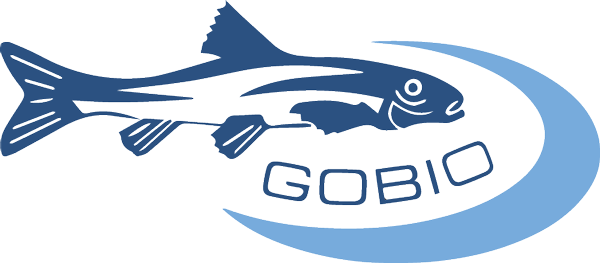This procedure can be performed in two different variants:
(I) Toxins in the aqueous phase are tested by adding nutrients to contaminated groundwater and employing this mixture for irrigating artificial sediments, in which small pre-cultivated plants are grown for a period of 14 days. The harmful effects may be evaluated through pigment content (chlorophyll a), growth (in length), biomass increase and the external appearance of the plants.
(II) The test may be applied as a contact test, in which the plants root directly in dry soil or sediment samples irrigated with standard water. The plants are thus exposed to toxins that diffuse in the pore water as well as through direct contact between surfaces.
This test moreover presents the possibility of testing specific elimination effluents, for instance for heavy metal enrichment. The plants may thus be exposed to heavy metal contaminated groundwater in artificial sediments, and the subsequent toxicity of the pore water may then be determined with aid of other tests (such as the Daphnia magna Acute Toxicity Test or the Fish Embryo Acute Toxicity Test), yielding information of whether, and to which degree, the plants have removed toxins from the groundwater. By mix-contamination scenarios, the detoxification through plants may yield information regarding the degree of harm of specific heavy metals.

